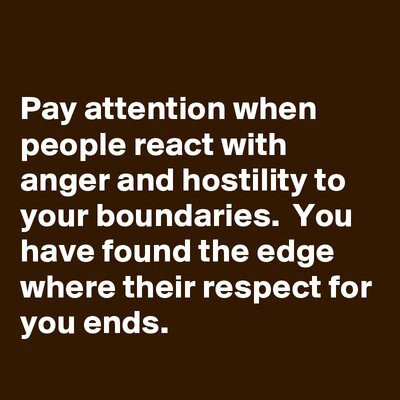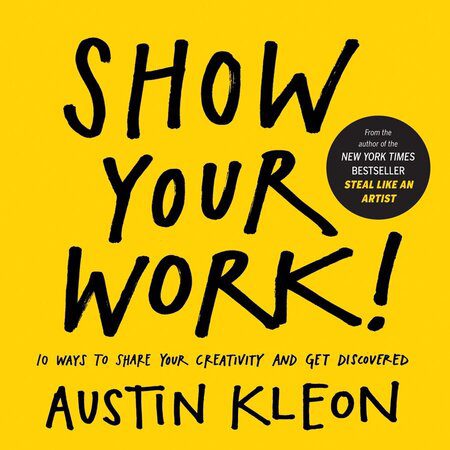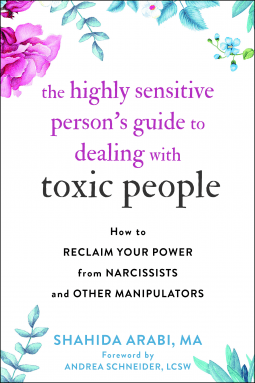“Whatever excites you, go do it. Whatever drains you, stop doing it.”—Derek Sivers”
Energy Vampires are everywhere, and they can be hard to spot because of the short-term benefits we might gain from these people, platforms or tools. Energy Vampires drain our energy, they bring low vibration, and transmit toxicity. We encounter energy vampires daily through interactions with friends, family members, social media, online platforms and various time wasters. American Writer and political activist Upton Sinclair famously said, “It is difficult to get a man to understand something when his salary depends on his not understanding it.” We stay in toxic and energy-draining relationships because of fear of the unknown, co-dependency, emotional enmeshment, and lack of self-awareness, among other factors.
“It is difficult to get a man to understand something when his salary depends on his not understanding it.” – Upton Sinclair
This is not a drill, you’ve got only one shot to figure out this lifetime and spending it with energy vampires will always drive you away from your purpose. Our job here is to discover our purpose, and anything that does not align with that needs to be released. In the course of your day, you will come across various people with energy-draining tendencies, such as time wasters, energy vampires, naysayers, drama queens, chaos kings, entitled princes, delusional princesses and a host of others. The key to navigating the roller coaster of dealing with these people is to confirm who you are dealing with and protect yourself with boundaries after confirming the kind of beast you are dealing with. Dealing with this kind of people can be extremely tough, especially when they are close friends or family members, but you need to release them.


Emotional Vampires 1
These are people who consciously or unconsciously steal your time, energy, and attention with their toxic behaviors, as if drawing the life force out of you will somehow fill them up. (It never does.) These people leave you feeling depleted, depressed, overwhelmed, frustrated, or insecure with every interaction, as if you’ve been put through an emotional wringer.
Common Types of Emotional Vampires
THE NARCISSIST:
Needs to feel superior, doesn’t care about your feelings, and will keep you around as long as they can continue to emotionally manipulate you
THE SOAP OPERA STAR:
Turns everything into a production, loves to gossip and create drama, and wants everyone else to get caught up in their performance
THE CONTROLLER:
Always needs to get their way, offers unsolicited advice (and gets mad when you don’t take it), and is constantly criticizing you in an effort to be “helpful”
THE VICTIM:
Dumps all of their emotions and problems on you, refuses to take any accountability, won’t implement your advice or try to change their own circumstances.
How to identify an emotional vampire
- You avoid their texts or calls.
- You dread social meet-ups that include them.
- You never know where you stand with them.
- You change your behavior specifically for them.
- You make excuses or apologies for them often.
- You don’t feel good during or after your encounters with them.
- Other people point out that your friendship is unhealthy.
“When you establish limits to make the relationship a healthy space for you, and someone repeatedly refuses to respect those limits, it’s time to end the relationship.”

The Vampire Test 2
There’s a funny story in John Richardson’s biography, A Life of Picasso. Pablo Picasso was notorious for sucking all the energy out of the people he met. His granddaughter Marina claimed that he squeezed people like one of his tubes of oil paints. You’d have a great time hanging out all day with Picasso, and then you’d go home nervous and exhausted, and Picasso would go back to his studio and paint all night, using the energy he’d sucked out of you.
Most people put up with this because they got to hang out with Picasso all day, but not Constantin Brancusi, the Romanian-born sculptor. Brancusi hailed from the Carpathian Mountains, and he knew a vampire when he saw one. He was not going to have his energy or the fruits of his energy juiced by Picasso, so he refused to have anything to do with him.
“Part of the act of creating is in discovering your own kind. They are everywhere. But don’t look for them in the wrong places.”—Henry Miller
It’s a simple way to know who you should let in and out of your life. If, after hanging out with someone you feel worn out and depleted, that person is a vampire. If, after hanging out with someone you still feel full of energy, that person is not a vampire. Of course, The Vampire Test works on many things in our lives, not just people—you can apply it to jobs, hobbies, places, etc. Vampires cannot be cured. Should you find yourself in the presence of a vampire, be like Brancusi, and banish it from your life forever.

Cut off their Supply 3
It is the implementation of boundaries, rather than just words alone, that is so important when dealing with energy vampires. You have to “cut off” their supply if you want your energy to be reserved for more important things, regardless of how the vampires try to guilt-trip or shame you. It’s crucial to “starve” an energy vampire by cutting off parasitic and one-sided interactions. If you’re no longer playing your role as host, they will inevitably move on to someone who will.
CLEAR UP for Benign Toxicity
To more effectively communicate limits with garden-variety toxic people, use the CLEAR UP acronym. HSPs who have problems with setting boundaries tend to struggle with anticipated conflict, with saying “no,” and with negotiating with benign toxic people. The CLEAR UP tool can help you master conflict and assert yourself in a healthy way.
- Context
- Lay down the law
- Exercise boundaries
- Appreciation
- Repetition
- Unity
- Power posing
NOTE: This acronym is meant to be used only with nonabusive individuals. For it to work, people must be willing to listen to your boundaries. Those who are narcissistic may become enraged when you set a boundary, regardless of how constructively you express it. Your safety comes first and foremost, so use these steps only with people who have proven to be receptive to your communication.
Context.
This involves describing the situation clearly to provide context—it’s the conversation starter that ignites a larger dialogue about the problem and its potential solutions.
Lay down the law.
Describe the negative impact of the situation to reinforce why this behavior is problematic.
Exercise boundaries.
Set some sort of finite boundary or just say no entirely.
Appreciation.
Provide positive reinforcement when the person honors your boundaries. This could be anything from a simple “thank you” to a letter of encouragement and appreciation.
Repetition.
Remain strong in your beliefs, stay focused on your objective (having your rights respected), and refuse to be diverted by the toxic person.
Unity.
Agree to disagree when there are differences of perspective that cannot be overcome.
Power posing.
Even if you are nervous to set a boundary, act confident instead. Actions like maintaining eye contact and using an assertive tone of voice can be useful when navigating conflict with a benign toxic type.
“Withdraw your attention. Attention-seekers crave your emotional reactions and energy; if they don’t get what they need from you, they’ll move on to a more sustainable form of fuel.”
Meditations
Daily Calm with Tamara Levitt – Karuna
Karuna is a pali and sanskrit word that translates as compassion. When we work with karuna, we develop the desire to alleviate suffering and remove harm. The practice traditionally begins by offering ourselves compassion, and it then organically spreads to the people around us and eventually to the whole world.
Many of us think that compassion drains us, but I promise you it is something that truly enlivens us. – Joan Halifax.
Daily Jay with Jay Shetty – Your Internal Environment
Just because the world outside us is unpredictable, the world inside us doesn’t have to be. In his best-selling book, stumbling on Happiness, bestselling author Daniel Gilbert discusses what he calls Impact Bias. It means that we are not very good at predicting how we would respond to life’s big events, specifically we struggle to guage the true impact they’d have on us. Within about six months, most people return to the same level of happiness they felt before.
The same is true of positive events; for example, people think that winning the lottery will solve all their problems, but about six months later, they often return to their previous happiness baseline. We often overestimate how high our highs will take us and how low our lows will drop us. The reason is that we have more control over our experience than we often realize. When we prejudge the future, we pin our hopes and our concernson external circumstances, we expend all of this energy and emotion, imagining how we will feel and how our lives will be impacted if certain things come to pass. But in reality, what determines our outcomes exists inside us. How we meet what happens and what we do with it genuinely matters.
When we go through pain, we are forced to look for something inside ourselves. We have to search for a new kind of strength, and sometimes, as a result, our whole outlook on life changes for the better, which is what psychologists call post-traumatic growth. On the flip side, when we achieve an external goal like getting a new job, we initially experience a big lift, but that joy can fade over time. Sometimes, we may even feel worse because our problems weren’t magically solved.
Instead of projecting how we would be impacted by this or that circumstance, we can focus on how we can approach whatever happens. We can adopt a more-centred attitude where we understand that trouble will come our way and so will triumph, and neither has to determine our life experience. Where we go with what life gives us that is up to us and our mindset. Ultimately, we can late go of our preoccupation with potentialities because we know we have the tools to face whatever comes our way.
Daily Trip with Jeff Warren – Multitudes
Do I contradict myself? Very well then I contradict myself, (I am large, I contain multitudes.) – Walt Whitman
It is a feature not a bug. The mind love things to be one way or the other but the truth is that we have a lot of moving parts.
Podcast
- 15 Lessons From 800 Episodes – Alex Hormozi, Ryan Holiday & Mark Manson
All the best in your quest to get better. Don’t Settle: Live with Passion.


